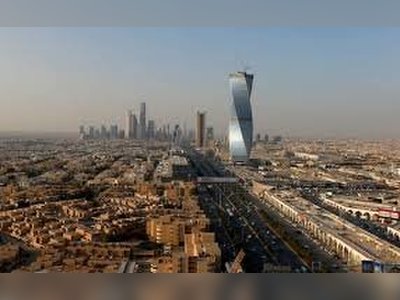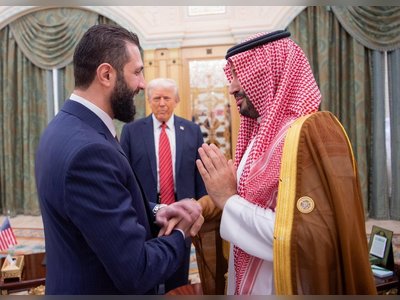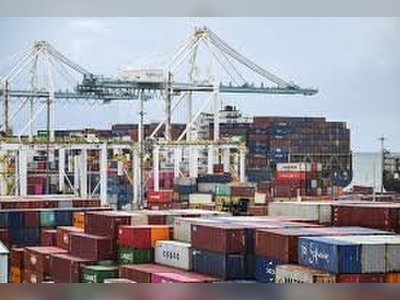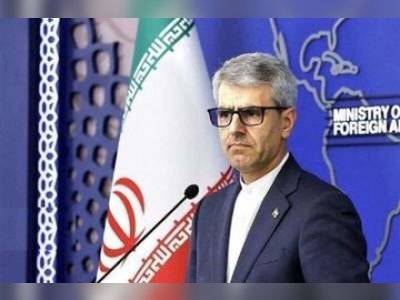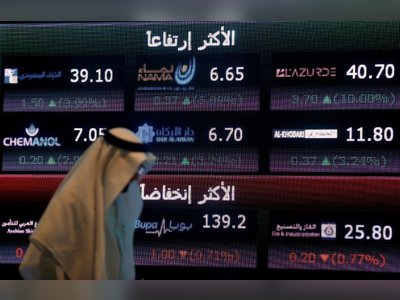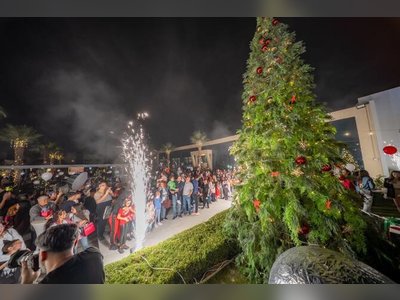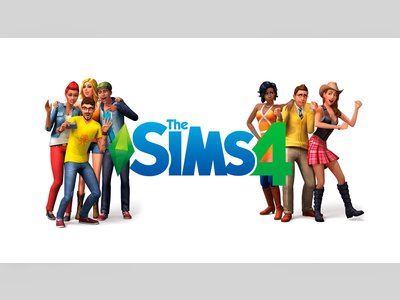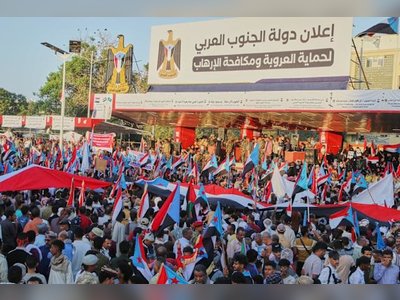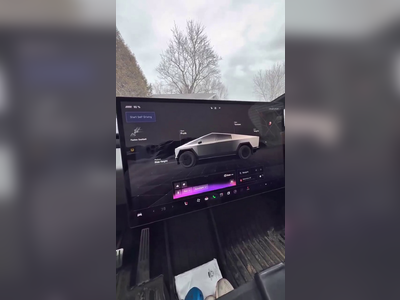
Ukraine downs Russian hypersonic missile with US Patriot
Ukraine’s air force claimed Saturday to have downed a Russian hypersonic missile over Kyiv using newly acquired American Patriot defense systems, the first known time the country has been able to intercept one of Moscow’s most modern missiles.
Air Force commander Mykola Oleshchuk said in a Telegram post that the Kinzhal-type ballistic missile had been intercepted in an overnight attack on the Ukrainian capital earlier in the week. It was also the first time Ukraine is known to have used the Patriot defense systems.
“Yes, we shot down the ‘unique’ Kinzhal,” Oleshchuk wrote. “It happened during the night time attack on May 4 in the skies of the Kyiv region.”
Oleshchuk said the Kh-47 missile was launched by a MiG-31K aircraft from the Russian territory and was shot down with a Patriot missile.
The Kinzhal is one of the latest and most advanced Russian weapons. The Russian military says the air-launched ballistic missile has a range of up to 2,000 kilometers (about 1,250 miles) and flies at 10 times the speed of sound, making it hard to intercept.
A combination of hypersonic speed and a heavy warhead allows the Kinzhal to destroy heavily fortified targets, like underground bunkers or mountain tunnels.
The Ukrainian military has previously admitted lacking assets to intercept the Kinzhals.
“They were saying that the Patriot is an outdated American weapon, and Russian weapons are the best in the world,” Air Force spokesman Yurii Ihnat said on Ukraine’s Channel 24 television. “Well, there is confirmation that it effectively works against even a super hypersonic missile.” Ihnat said.
He said successfully intercepting the Kinzhal is “a slap in the face for Russia.”
Ukraine took its first delivery of the Patriot missiles in late April. It has not specified how many of the systems it has or where they have been deployed, but they are known to have been provided by the United States, Germany and the Netherlands.
Germany and the US have acknowledged each sending at least one system and the Netherlands has said it has provided two though it is not clear how many are currently in operation.
Ukrainian troops have received the extensive training needed to be able to effectively locate a target with the systems, lock on with radar and fire. Each battery requires up to 90 personnel to operate and maintain.
Defense Minister Oleksii Reznikov said he first asked for Patriot systems when visiting the US in August 2021, months before Russia’s full-scale invasion but seven years after Russia illegally annexed Ukraine’s Crimea peninsula.
He has described possessing the system as “a dream” but said he was told in the US at the time that it was impossible.
The Patriot was first deployed by the US in the 1980s. The system costs approximately $4 million per missile, and the launchers cost about $10 million each, according to analysts.
At such a cost, it was widely thought that Ukraine would only use the Patriots against Russian aircraft or hypersonic missiles.
In other developments, Ukraine’s Special Operations Forces accused Russia of using phosphorous munitions in its attempt to wrest control of the eastern city of Bakhmut from Ukrainian forces.
Russian troops have been trying to take the city for more than nine months, but Ukrainian forces are still clinging to positions on the western edge of the city.
On Saturday, the Ukrainska Pravda newspaper quoted military officials as saying that “the enemy used phosphorus and incendiary ammunition in Bakhmut in an attempt to wipe the city off the face of the earth.”
A photo accompanying the newspaper report showed an urban area lit up with fire in multiple places.
The allegations could not be independently verified.
Russian forces have not commented on the claim but have rejected previous accusations from Ukraine that they had used phosphorus.
International law prohibits the use of white phosphorus or other incendiary weapons — munitions designed to set fire to objects or cause burn injuries — in areas where there could be concentrations of civilians.
White phosphorous can also be used for illumination or to create smoke screens.
“Yes, we shot down the ‘unique’ Kinzhal,” Oleshchuk wrote. “It happened during the night time attack on May 4 in the skies of the Kyiv region.”
Oleshchuk said the Kh-47 missile was launched by a MiG-31K aircraft from the Russian territory and was shot down with a Patriot missile.
The Kinzhal is one of the latest and most advanced Russian weapons. The Russian military says the air-launched ballistic missile has a range of up to 2,000 kilometers (about 1,250 miles) and flies at 10 times the speed of sound, making it hard to intercept.
A combination of hypersonic speed and a heavy warhead allows the Kinzhal to destroy heavily fortified targets, like underground bunkers or mountain tunnels.
The Ukrainian military has previously admitted lacking assets to intercept the Kinzhals.
“They were saying that the Patriot is an outdated American weapon, and Russian weapons are the best in the world,” Air Force spokesman Yurii Ihnat said on Ukraine’s Channel 24 television. “Well, there is confirmation that it effectively works against even a super hypersonic missile.” Ihnat said.
He said successfully intercepting the Kinzhal is “a slap in the face for Russia.”
Ukraine took its first delivery of the Patriot missiles in late April. It has not specified how many of the systems it has or where they have been deployed, but they are known to have been provided by the United States, Germany and the Netherlands.
Germany and the US have acknowledged each sending at least one system and the Netherlands has said it has provided two though it is not clear how many are currently in operation.
Ukrainian troops have received the extensive training needed to be able to effectively locate a target with the systems, lock on with radar and fire. Each battery requires up to 90 personnel to operate and maintain.
Defense Minister Oleksii Reznikov said he first asked for Patriot systems when visiting the US in August 2021, months before Russia’s full-scale invasion but seven years after Russia illegally annexed Ukraine’s Crimea peninsula.
He has described possessing the system as “a dream” but said he was told in the US at the time that it was impossible.
The Patriot was first deployed by the US in the 1980s. The system costs approximately $4 million per missile, and the launchers cost about $10 million each, according to analysts.
At such a cost, it was widely thought that Ukraine would only use the Patriots against Russian aircraft or hypersonic missiles.
In other developments, Ukraine’s Special Operations Forces accused Russia of using phosphorous munitions in its attempt to wrest control of the eastern city of Bakhmut from Ukrainian forces.
Russian troops have been trying to take the city for more than nine months, but Ukrainian forces are still clinging to positions on the western edge of the city.
On Saturday, the Ukrainska Pravda newspaper quoted military officials as saying that “the enemy used phosphorus and incendiary ammunition in Bakhmut in an attempt to wipe the city off the face of the earth.”
A photo accompanying the newspaper report showed an urban area lit up with fire in multiple places.
The allegations could not be independently verified.
Russian forces have not commented on the claim but have rejected previous accusations from Ukraine that they had used phosphorus.
International law prohibits the use of white phosphorus or other incendiary weapons — munitions designed to set fire to objects or cause burn injuries — in areas where there could be concentrations of civilians.
White phosphorous can also be used for illumination or to create smoke screens.
